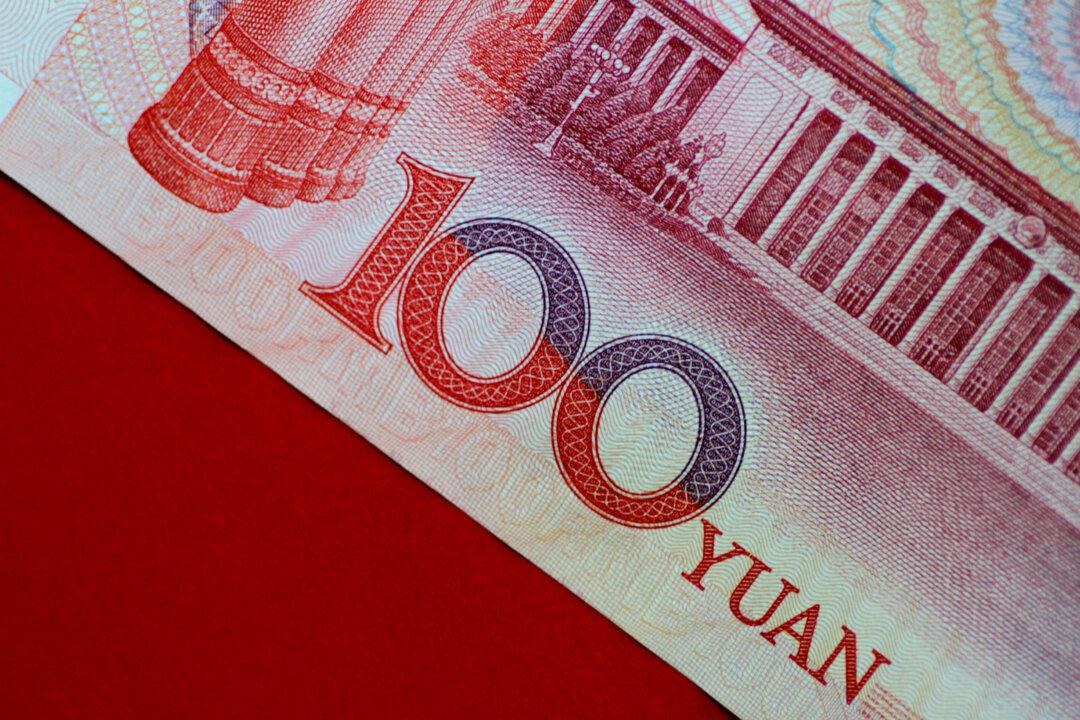SHANGHAI—China’s yuan currency edged lower on Sept. 18 after U.S. President Donald Trump said Washington will impose duties on an extra $200 billion worth of Chinese imports, sharply escalating the trade fight between the two economic giants.
Trump on Sept. 17 imposed 10 percent tariffs on about $200 billion worth of Chinese imports, and threatened to levy duties on an additional $267 billion of Chinese goods if Beijing retaliates.





